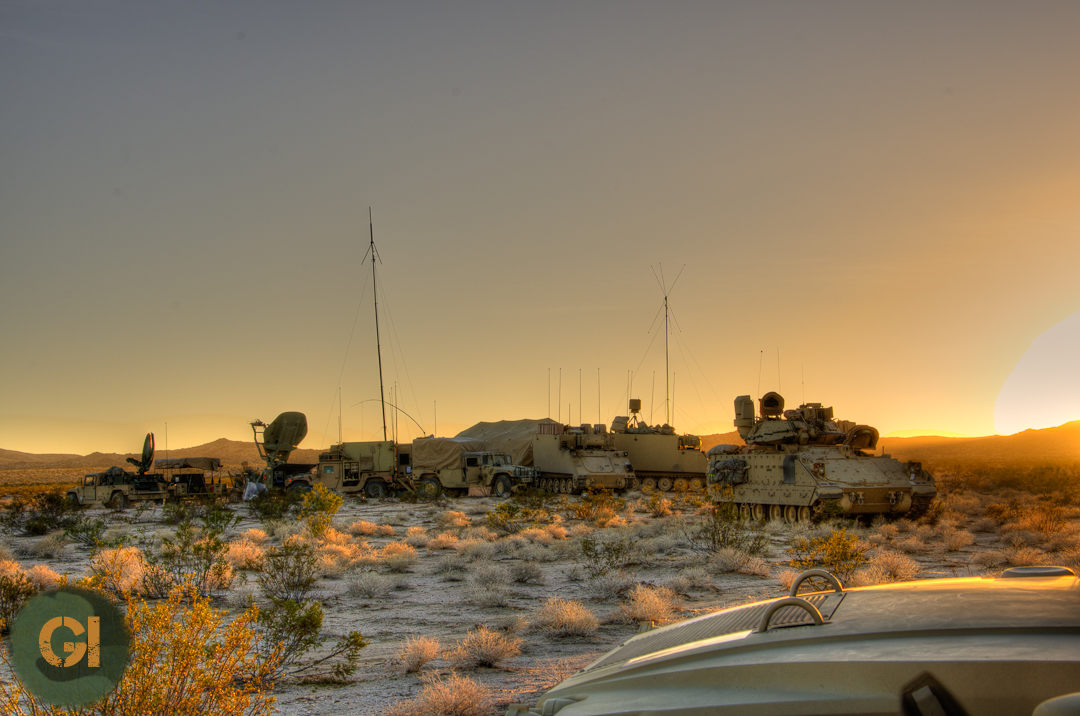A quick story for everyone today. A year or two ago a unit was coming through here on rotation. One of their CPNs was setup very close to the Brigade Main so the Net Tech made the decision to give himself some redundancy in his network and ran a piece of fiber between the two nodes. Life was good until one day he had to stow his dishes and all of a sudden, SIPR stopped working. Why?
What to do with a TAC JNN
The standard BCT is issued two JNNs normally designated to support the BDE Main and the TAC however many units have found that this may not be the best way to actually employ these systems. One sign of a true Net Tech in my opinion is someone who is able to examine their assets and design a network that makes sense, not one that the Army prescribed.
Quality of Service (QOS) in WIN-T 1A
Quality of service (QOS) is one of those things that nearly every net tech has heard of but most know nothing about. We think of it as a silver bullet but are sorely mistaken. Take some time to learn about it and figure out how it can help you.
Trends from the National Training Center Part 6 – Network Security
Our networks play a vital part in allowing the units we support to communicate which enables to commander to “impose his will on the enemy” (a my boss likes to always say). But if the network is not secure it can easily be used against us. This is part six of a series of posts concerning the network trends that I regularly see here at the National Training Center as units pass through on rotation.
How to build your lab when you’re broke
As a network technician it is important to be able to continually practice your job, learn new things, and work to optimize the network when it’s in use. In a perfect world we would have a fully functioning lab environment where we can duplicate the tactical network, experiment, and roll out configuration changes in a controlled environment to see what effect they will have on the real thing. Unfortunately, that is not the case.




